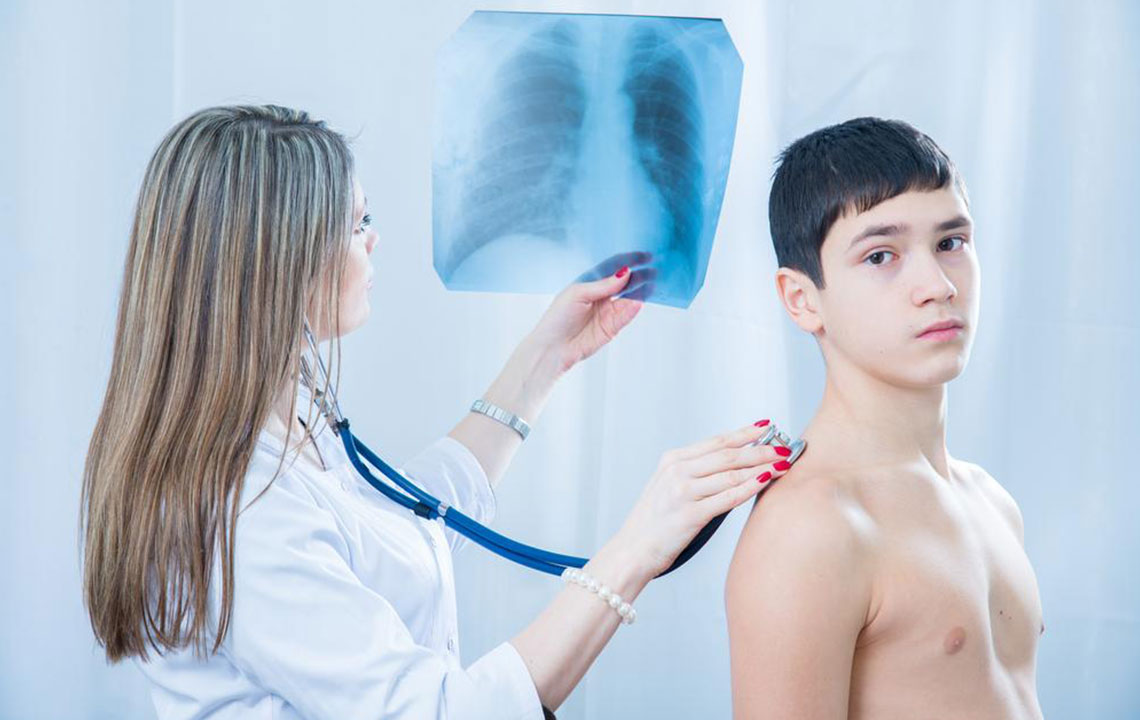Comprehensive Guide to Bacterial Infections: Causes, Symptoms, and Effective Treatments
Explore this detailed guide on bacterial infections, covering their causes, symptoms, transmission routes, and treatments. Learn how to identify common bacterial illnesses, understand immune response, and discover effective antibiotic therapies. This comprehensive overview emphasizes prevention, early diagnosis, and responsible antibiotic use to combat bacterial diseases effectively and improve health outcomes worldwide.

Understanding Bacterial Infections: Causes, Symptoms, and Remedies
Bacterial infections are a significant health concern globally, affecting millions of people each year. These infections are caused by harmful strains of bacteria that invade the human body, leading to various illnesses if left untreated. Bacteria are microscopic, single-celled organisms that can be found almost everywhere in our environment, including on our skin, in our digestive systems, and within various bodily tissues. While many bacteria are beneficial and vital for processes like digestion and nutrient absorption, pathogenic bacteria pose serious health risks when they breach our body's defenses.
Understanding bacterial infections involves recognizing their causes, common symptoms, modes of transmission, and available treatments. This knowledge is essential not only for health professionals but also for the general public to prevent infections and seek prompt medical care when necessary. This comprehensive guide aims to shed light on these aspects, helping you stay informed and proactive about bacterial diseases.
Common bacterial infections encompass conditions such as bacterial meningitis, gastritis, food poisoning, gonorrhea, pneumonia, cellulitis, wound infections, ear infections, and streptococcal pharyngitis (strep throat). Each presents unique symptoms and requires specific treatment strategies.
Bacteria can invade the human body through multiple pathways. Contaminated food and water are common vehicles, especially in areas with poor sanitation. Direct contact with infected individuals, skin abrasions, bites from animals or insects, sharing contaminated needles, and inhaling airborne droplets expelled during coughing or sneezing can also facilitate bacterial entry. Once inside, bacteria may adhere to tissues, multiply rapidly, and produce toxins—substances that further damage tissues and organs, complicating the clinical picture.
The immune system plays a crucial role in defending against bacterial invasion. It recognizes intruders through specialized cells and mechanisms, initiating an immune response. However, some bacteria have evolved strategies to evade immune defenses, such as producing protective capsules or resisting phagocytosis. When the bacterial load overwhelms the immune system, clinical symptoms emerge, signaling the presence of infection.
Symptoms of bacterial infections vary widely depending on the specific pathogen, the site of infection, and the individual's overall health. Common signs include persistent fever, chills, fatigue, and generalized malaise. Localized symptoms may include redness, swelling, pain, pus formation, or abscesses. More severe infections can lead to systemic symptoms, such as nausea, vomiting, diarrhea, stiff neck, joint pains, rashes, or difficulty breathing.
In children, bacterial infections may present additional signs like irritability, excessive sleepiness, difficulty feeding, or swelling of soft spots (fontanelles). Recognizing these symptoms early is vital for prompt diagnosis and treatment, minimizing the risk of complications.
Effective management of bacterial infections primarily relies on antibiotics, which are medications designed to inhibit bacterial growth or kill bacteria outright. The selection of antibiotics depends on the specific type of bacteria involved and the site of infection. For example, penicillins may be used for streptococcal infections, while doxycycline might be prescribed for certain respiratory infections. Antibiotics can be administered orally, via injections, or intravenously in severe cases.
Beyond medication, supportive care includes adequate rest, hydration, and proper nutrition to help the body recover. In severe or complicated infections, hospitalization may be necessary, particularly if vital organs are affected or if there is a risk of systemic sepsis. Preventative measures such as vaccination, good hygiene practices, safe food handling, and avoiding sharing contaminated items are crucial to reducing the risk of bacterial infections.
Emerging threats like antibiotic-resistant bacteria pose significant challenges to treatment. Therefore, responsible antibiotic use and ongoing research into new antimicrobial agents are vital components of public health strategies to control bacterial diseases.
In summary, bacterial infections are diverse in presentation and severity but manageable with timely diagnosis and appropriate treatment. Understanding their causes, symptoms, and remedies fosters better prevention and enhances health outcomes for affected individuals across all age groups.





